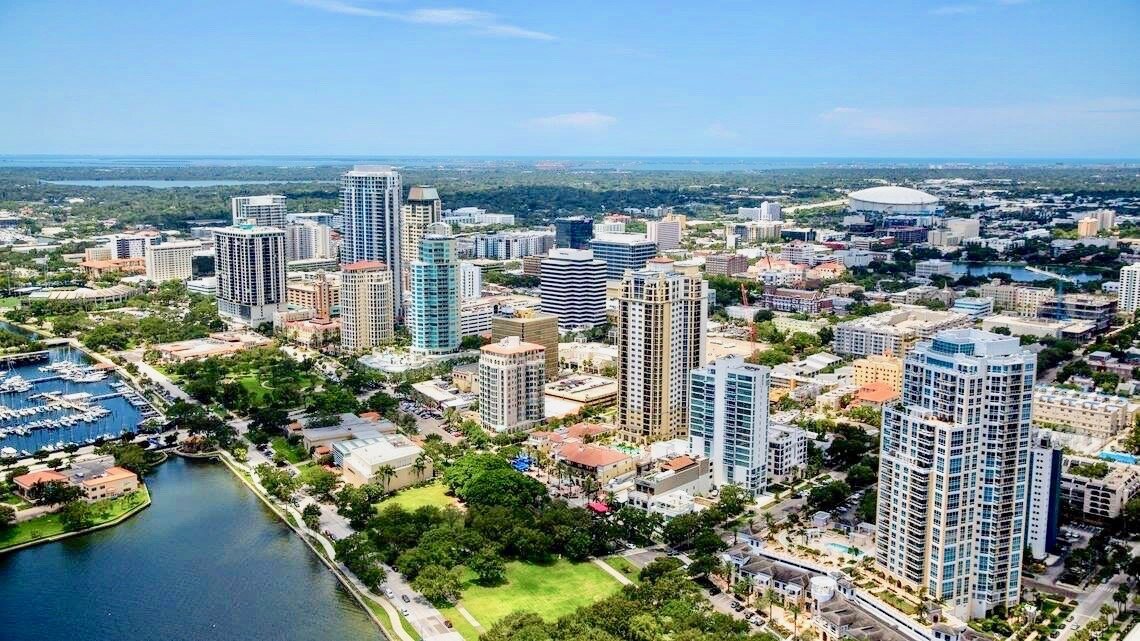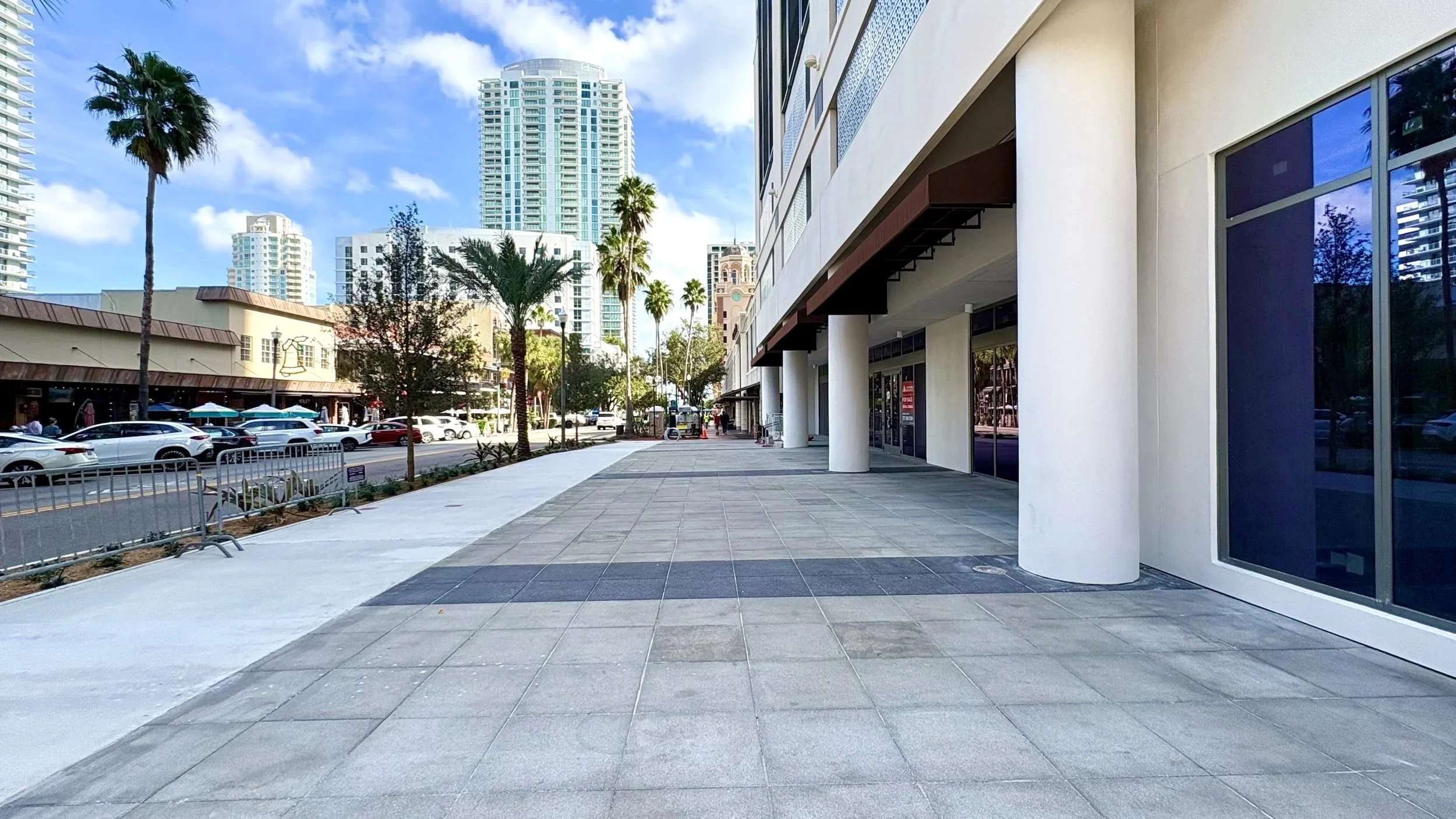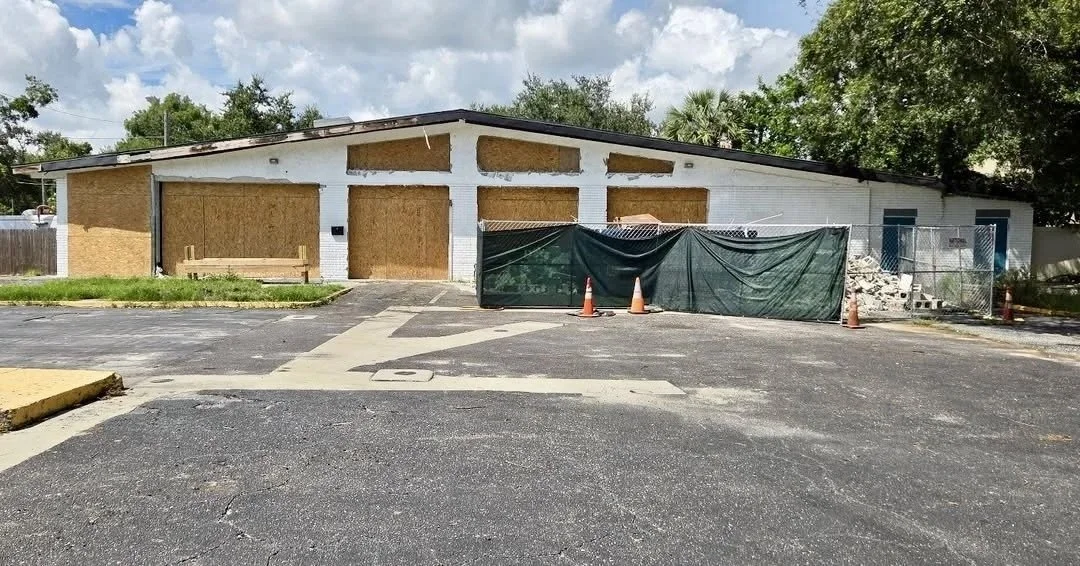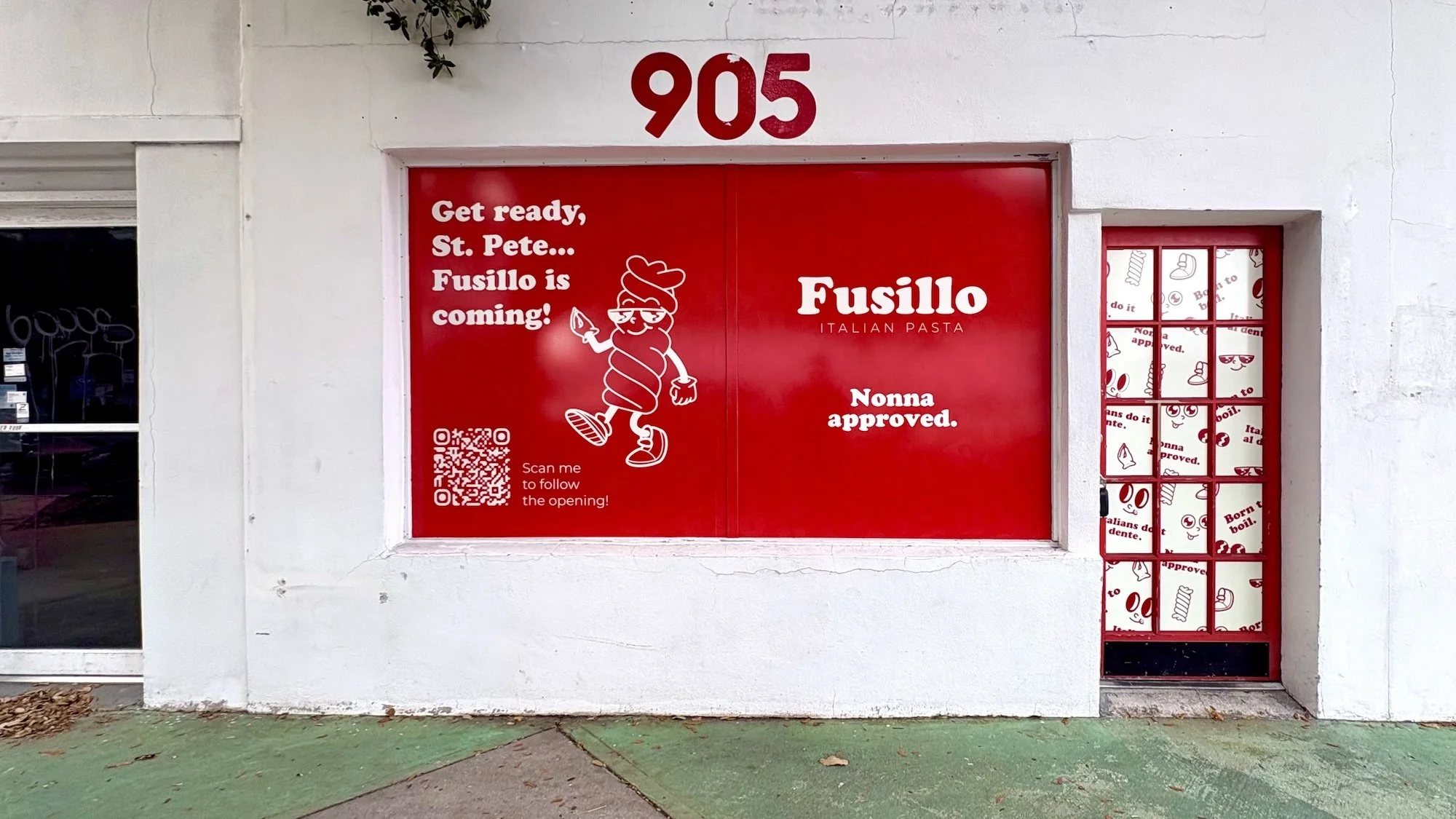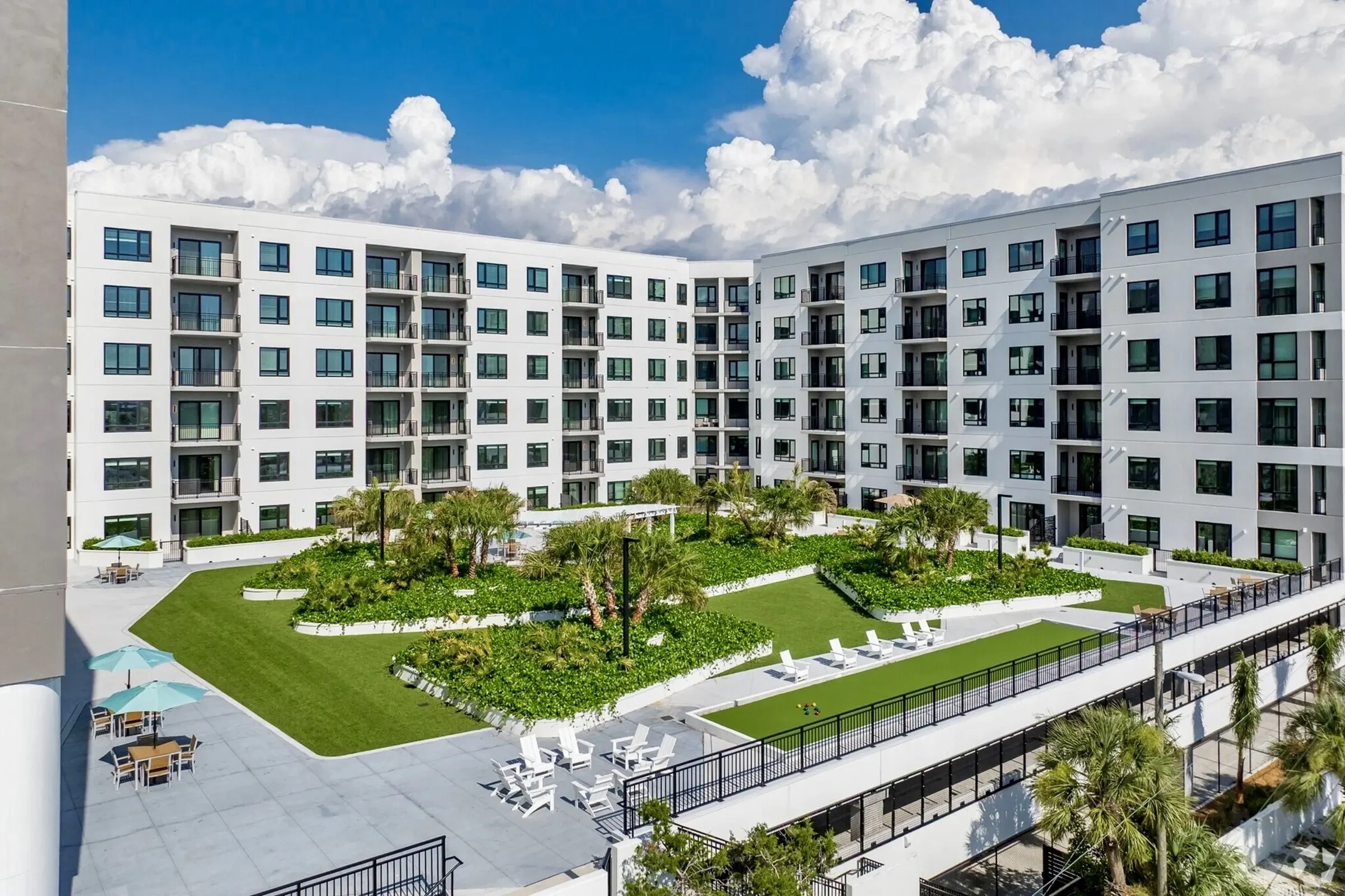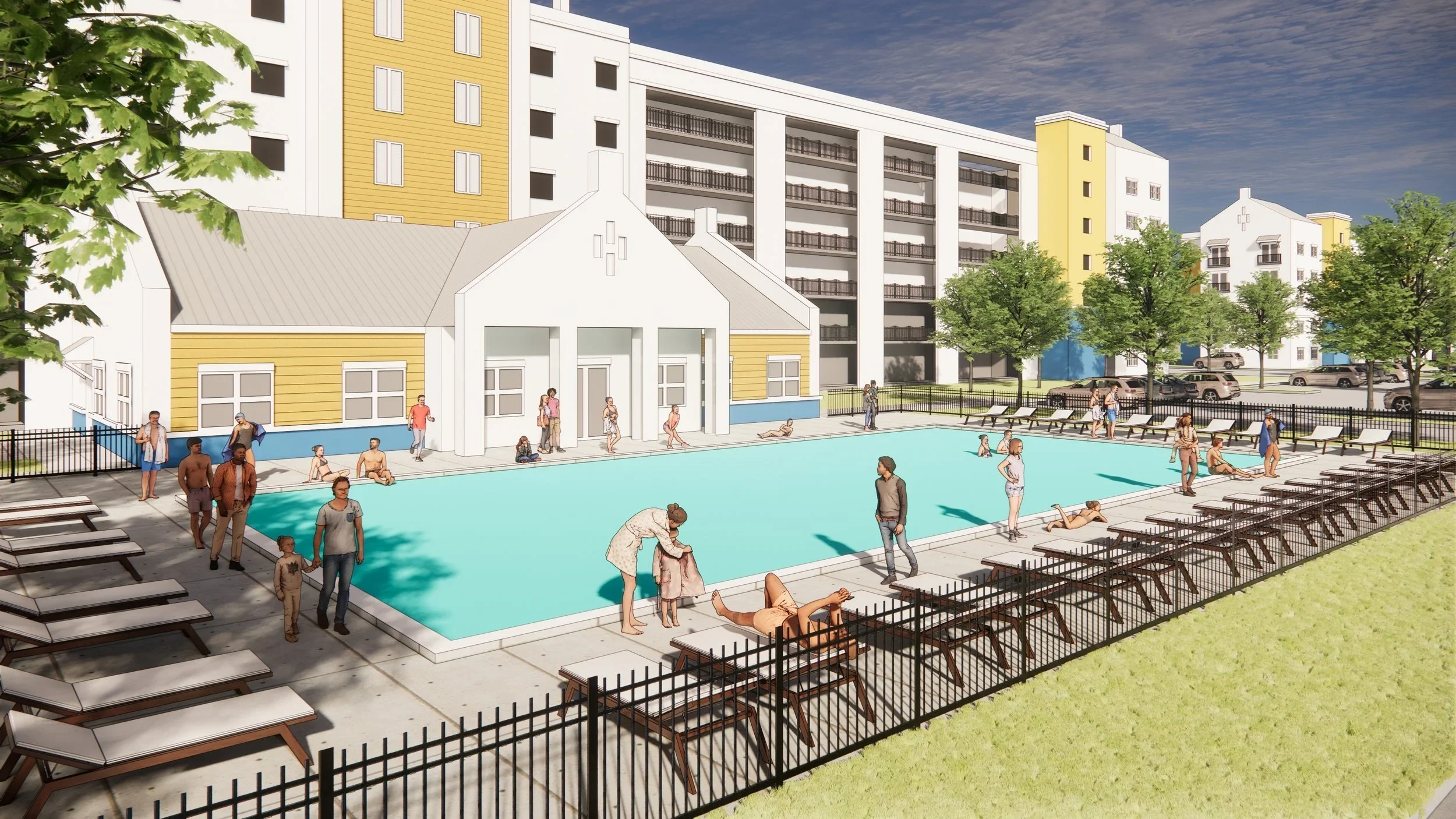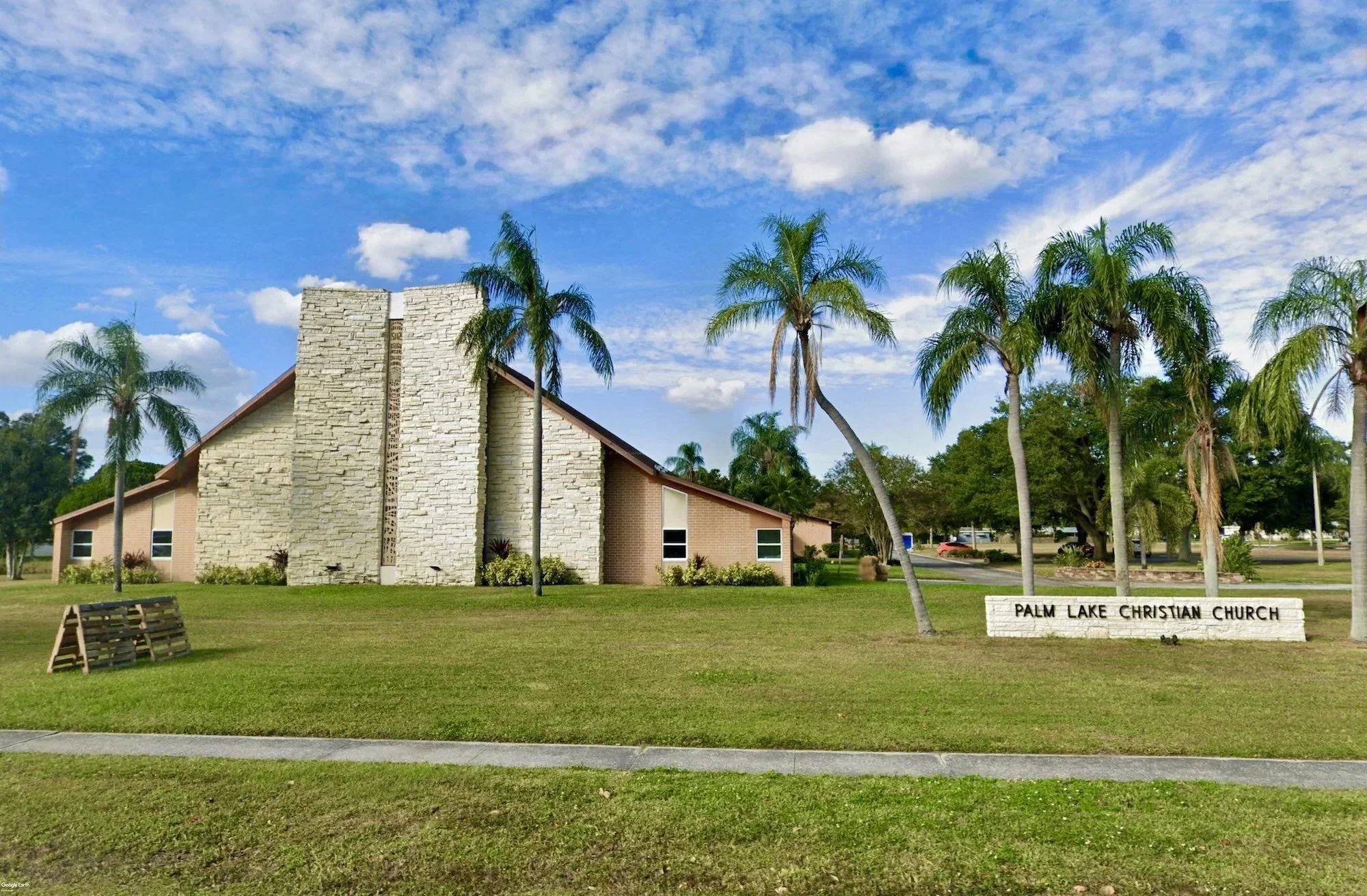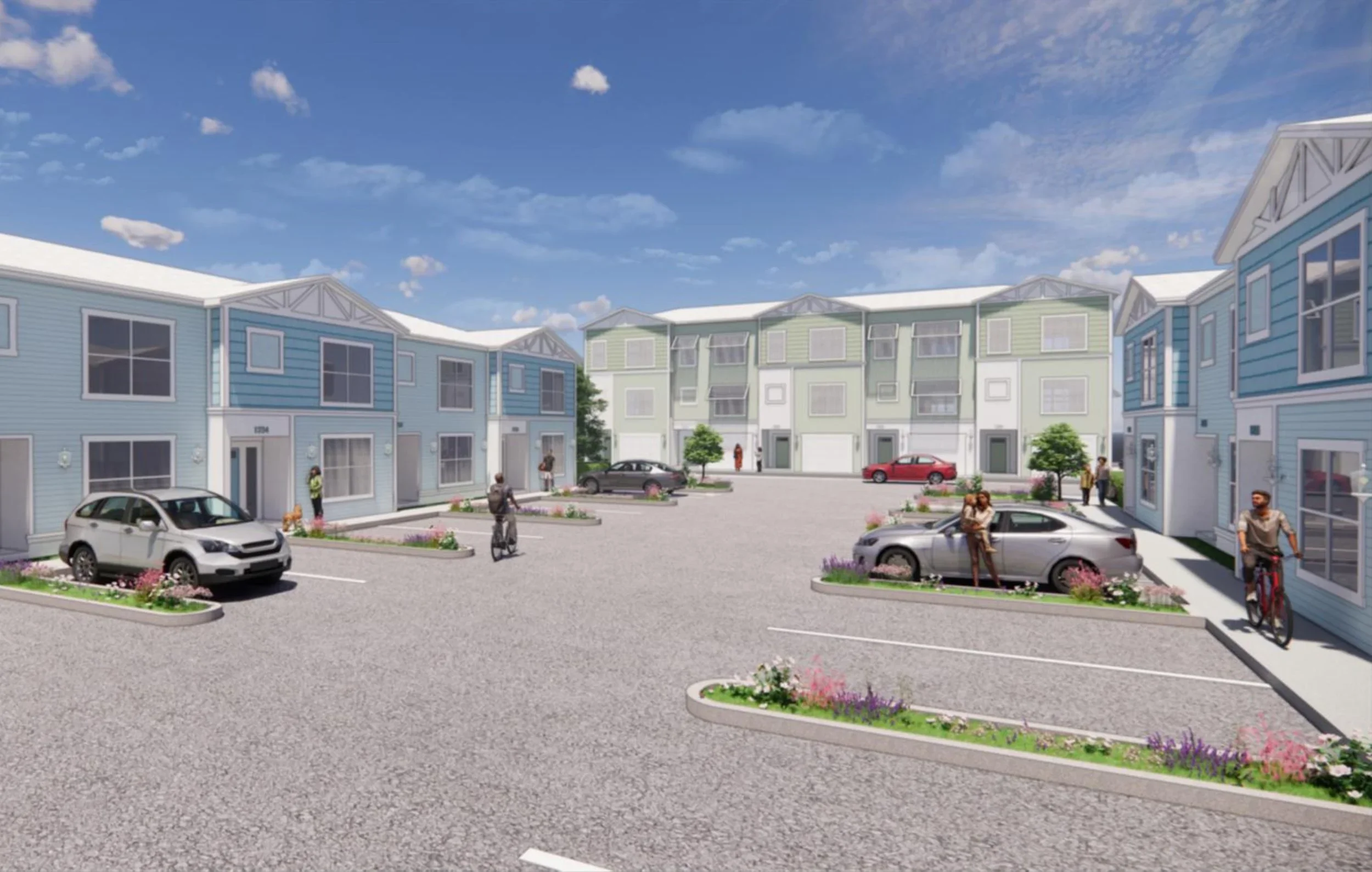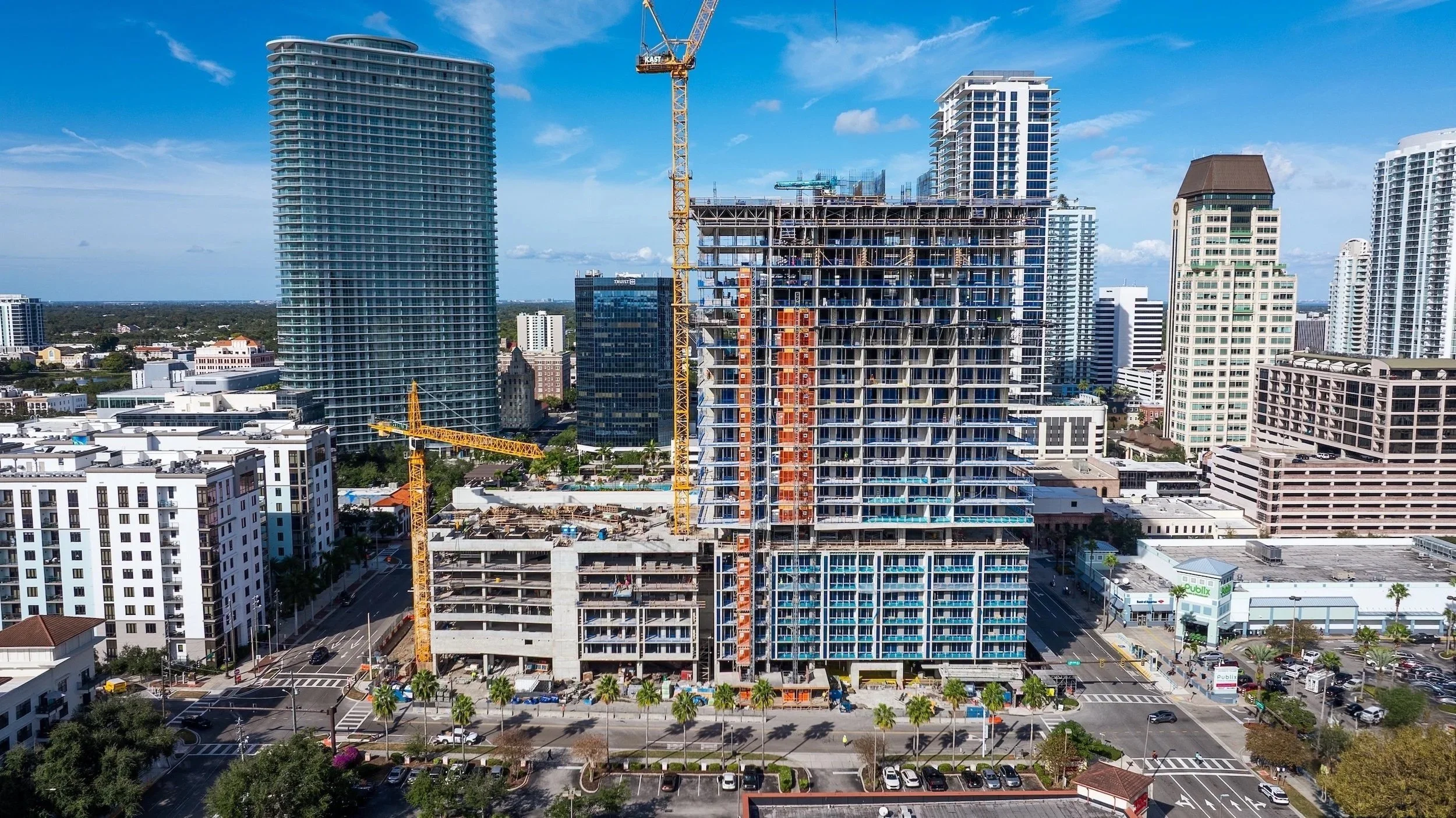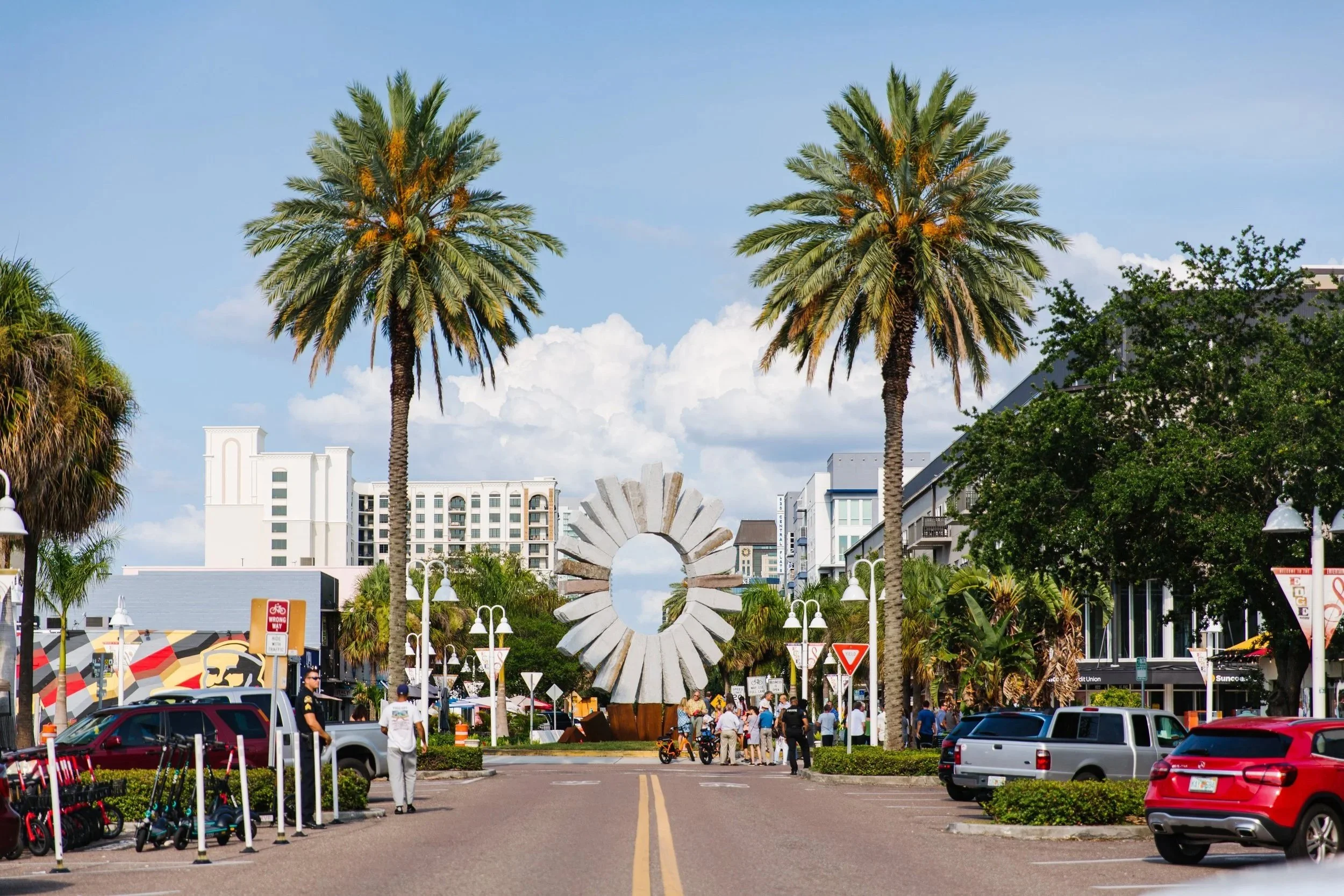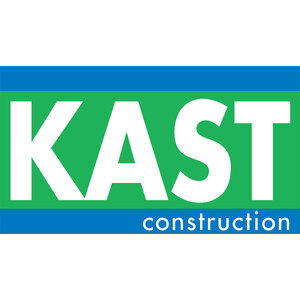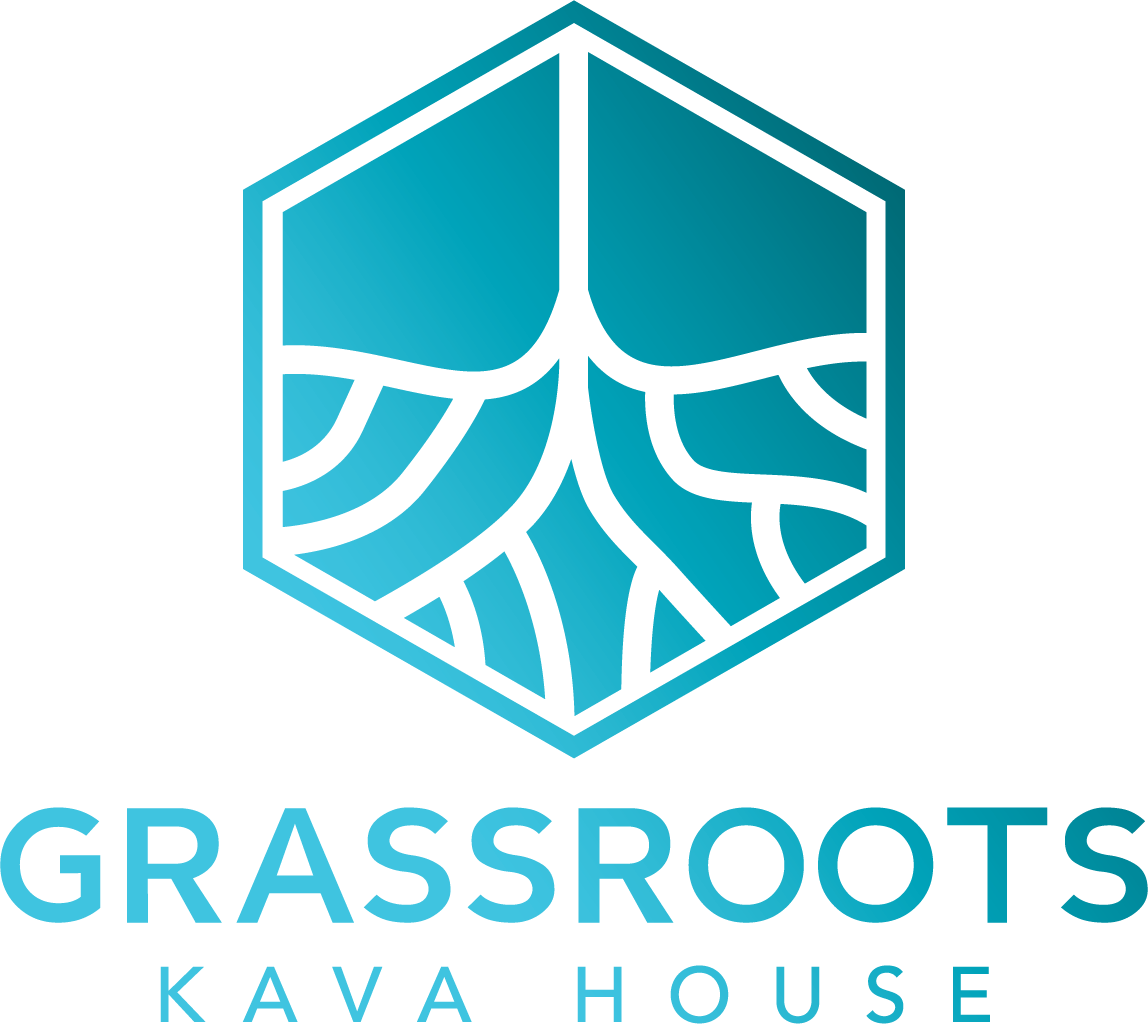St. Pete’s office market is shrinking — here’s why that matters
/In downtown St. Petersburg, just over 1.7 million square feet of office space exists, compared to downtown Tampa’s 6.9 million square feet of office space | St Pete Rising
As residential and mixed-use towers continue to reshape downtown St. Petersburg, a quieter yet equally significant transformation is underway: a sharp contraction in the city’s office market.
While St. Pete is performing better than the national average on paper, the amount of available office space is shrinking, a trend that could complicate efforts to attract new businesses and corporate relocations.
Nationally, office space is disappearing at a record pace. According to a recent CBRE report, the United States will see a net loss of approximately 10.6 million square feet of office space by the end of 2025, representing the first year of true nationwide office space contraction in over a generation.
While many cities are grappling with declining demand, St. Petersburg faces a unique dilemma: its office market isn’t struggling due to oversupply. It’s struggling because viable office space is being demolished or repurposed in favor of housing and retail development.
“St. Pete is an anomaly,” said Jason Mathis, CEO of the St. Petersburg Downtown Partnership. “There is so much pent-up demand, but national developers and lenders may not recognize it when looking at market fundamentals throughout the U.S.”
In downtown St. Petersburg, just over 1.7 million square feet of office space exists, with a direct vacancy rate of 9.5%. The broader South Pinellas market holds approximately 6.3 million square feet of office space and has a direct vacancy rate of 14.4%.
Both figures are significantly better than the national office vacancy rate of 20.8%, as reported by Cushman & Wakefield.
In October 2024, a tower crane from the neighboring 400 Central construction site fell onto 490 1st Avenue South | AP
But these numbers mask a troubling trend: the office market in St. Petersburg is not growing—it’s shrinking.
A wave of high-profile redevelopment projects is wiping hundreds of thousands of square feet off the city’s office inventory.
The most significant is the former Ceridian office campus at 3201 34th Street South. Once a 380,000-square-foot corporate site, the property is being transformed by Altis Cardinal into Sky Town, a massive mixed-use community with over 2,000 apartments and 69,000 square feet of retail. Nearly all of the existing office buildings have been demolished. One 53,000-square-foot tower will be used for residential leasing and amenities, and another is being converted into a self-storage facility.
In downtown St. Pete, the 240,000-square-foot office building at 490 1st Avenue South, formerly the Tampa Bay Times headquarters, is facing demolition after suffering major damage from Hurricane Milton in October 2024. Its future is unclear, but redevelopment likely means less office space.
In the Gateway area, Wood Partners plans to demolish a 165,000-square-foot building at 11101 Roosevelt Boulevard North and build 381 apartment units.
Once a 380,000-square-foot corporate site, the former Ceridian campus is being transformed into a massive mixed-use community with over 2,000 apartments and 69,000 square feet of retail | St Pete Rising
Meanwhile, CBRE has listed the former Home Shopping Network campus for sale. The 64.8-acre property includes over 107,000 square feet of office space and is being marketed as a potential redevelopment site.
Together, these projects represent a potential loss of more than 835,000 square feet of office space, over 10% of South Pinellas County’s total inventory.
Mathis says it’s normal for there to be a development crunch as older Class B office buildings are replaced with newer residential buildings and vice versa.
One of the key barriers to new office development is the gap between existing rental rates and the cost of new construction. Class A office space in downtown St. Pete averages $42 per square foot, compared to just $26 in the rest of Pinellas County.
However, developers typically need rents north of $65 per square foot to justify new construction, an increasingly difficult threshold given high interest rates, rising construction costs, and a cautious lending environment.
“It’s a chicken-or-the-egg situation,” Mathis explained. “To get financing, you need to prove a project will succeed. But we don’t have any recent examples of large new office buildings to point to.”
CBRE has listed the former Home Shopping Network campus for sale, which includes more than 107,000 square feet of office space | HSN
Despite these challenges, a few new projects are showing signs of life in the market. The Central, a mixed-use development in the EDGE District, will bring 125,000 square feet of Class A office space to the community, the first speculative Class A office space built in downtown St. Pete since the 1980s.
“If The Central is successful, you'll likely see more developers build additional office space downtown,” Mathis said. “Developers like seeing others succeed, it gives them confidence.”
The 46-story Residences at 400 Central will also contribute 45,000 square feet of new office space alongside 300 luxury condominiums. Dynasty Financial Partners has signed on as the sole tenant and plans to relocate its headquarters there by late 2026, bringing up to 300 employees.
This model, combining residential with limited office use, may provide a viable blueprint for growth.
Another example is the Waldorf Astoria Residences St. Petersburg, a 49-story condo tower being co-developed by Miami-based Property Markets Group and St. Petersburg-based Feldman Equities. It will feature 73,000 square feet of Class A office space, 163 condominiums, and 10,000 square feet of retail.
“We’re confident in leasing the office space at the Waldorf Astoria,” said Mack Feldman, Vice President of Asset Management for Feldman Equities. “We already have a lot of inquiries.”
Feldman also suggested that the city could help encourage new development by expanding zoning incentives for office projects and lowering parking minimums. He estimates that downtown St. Pete can absorb between 50,000 and 100,000 square feet of new office space each year, particularly if it secures additional corporate relocations.
The Central will bring 125,000 square feet of Class A office space to the EDGE District | The Central
Meanwhile, the suburban-style Gateway area continues to draw interest in north St. Pete. Foot Locker, which Dick’s Sporting Goods recently announced plans to acquire, is relocating its New York headquarters to the Carillon Office Park, leasing 110,000 square feet of space.
Still, the contrast is clear. “The highly-amenitized and updated properties within downtown are doing the best,” Feldman said. “But once you get outside of downtown, the story changes quickly. The Gateway submarket is still very soft and has been since the pandemic.”
However, these projects are a fraction of what was once planned for the Historic Gas Plant District in downtown. The 86-acre redevelopment proposed by The Rays and Hines included plans for 1.4 million square feet of Class A office space, part of a broader vision that also included thousands of new residential units, retail, hotel rooms, and a conference center.
But in March 2025, the Rays announced they would no longer move forward with the project, effectively canceling what would have been the largest planned office development in St. Pete’s history.
The city is currently exploring alternative redevelopment plans for the site.
As St. Pete continues its rapid evolution into a dense, walkable urban hub, balancing the competing needs for housing and office space will be critical. Without sufficient office inventory, the city risks losing out on the very corporate investment and job creation that its new residents and vibrant economy demand.

